Pressure switches are electrical components all about pressure control. They do so by sensing changes in liquid and/or gas pressure and reacting with a preprogrammed response. Specifically, they open or close when activated at certain pressure points, or actuation points, or in other words, when pressure reaches a predetermined level, whether it be rising or falling, on their input. Read More…
Tecmark is a designer and manufacturer of remotely actuated controls used by OEMs worldwide. We offer an extensive line of high pressure switches, and our customer service representatives will help you find the perfect model for your application. Whether you are looking for an in-house solution, or an industry need, we continue to develop technological advancements.
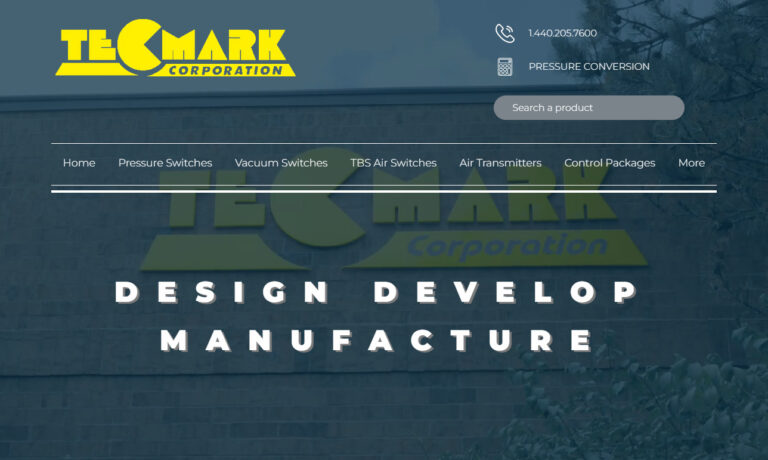
SOR pressure switches have earned a long-time reputation for their high quality, rugged construction and reliable performance under the most demanding applications. We offer explosion proof, hermetically sealed, and weatherproof switches. We design our pressure switches with high performance in mind, crafting custom, durable pressure switches with the approval of multiple agencies. Our products...
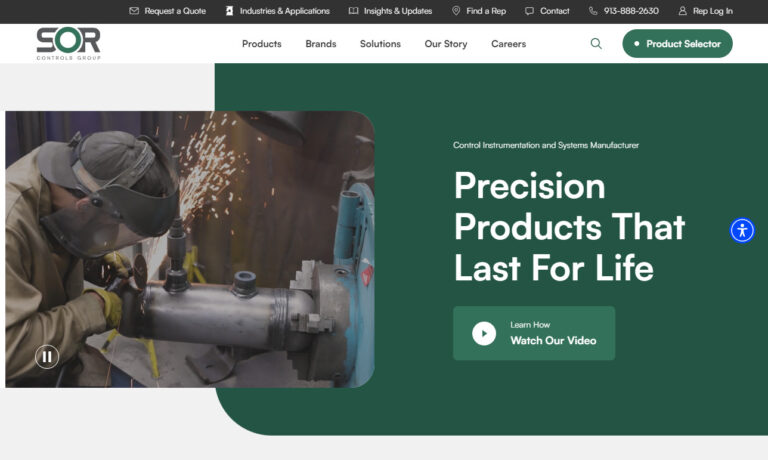
For over 35 years, MPL has specialized in unique miniature pressure switch solutions to the world’s leading manufacturers. MPL pressure sensors and switches can be found in the most demanding environments from automotive to health care where long-life, reliable solutions are required. Visit our website for details.

Barksdale Control Products specializes in manufacturing top-quality pressure switches, solid-state pressure switches and other controls which are used for the control and measurement of fluids in industrial applications. Barksdale is a subsidiary of The Crane Company.

More Pressure Switch Manufacturers
Sometimes, a pressure switch reacts automatically to changes, yet occasionally, users need to manually reset it using a reset button. This action is prompted only after the switch has alerted attendants to the pressure alteration through an alarm or other signals.
Pressure switches serve indispensable roles both in everyday homes and aboard space stations, meticulously regulating flow pressures. Their versatility spans critical domains including automotive functions, process manufacturing, petrochemical distribution, wastewater treatment, and the operational control of pipelines, panels, pumps, turbines, generators, compressors, off-road machinery, furnaces, blowers, filters, and beyond.
History
Galileo stands as the pioneer in pressure measurement, marking a significant moment in 1594 by inventing a water pump designed to harness water pressure for agricultural irrigation. Half a century later, in 1644, Evangelista Torricelli inadvertently revealed insights into pressure dynamics. While experimenting with a mercury-filled tube in a bowl of mercury, he noted that the mercury would consistently descend 760 mm. Initially describing this as a vacuum, Torricelli unknowingly uncovered the principles of atmospheric pressure in action.
In 1650, Blaise Pascal uncovered the phenomenon where mercury in Torricelli’s tube responded to the atmospheric weight, a concept he termed pressure. This revelation sparked a wave of curiosity among engineers and scientists, prompting them to delve into the study of air pressure. By 1661, Robert Boyle extended this understanding, establishing that the pressure of a gas, when multiplied by its volume, remains constant under conditions of consistent temperature and quantity of gas, encapsulated in his famous formula: PV=K.
During the 1500s and 1600s, pioneering scientific efforts paved the way for 1800s scientists to innovate the first pressure switch devices. Among these breakthroughs was Lucien Vidie’s 1843 invention of the aneroid barometer, incorporating a spring balance that mechanically amplified under pressure to gauge atmospheric conditions. Shortly after, in 1849, Eugene Bourdon patented the Bourdon tube pressure gauge, a foundational design still integral to modern electrochemical pressure switches.
In 1930, engineers revolutionized pressure measurement by inventing the first pressure transducers. Just eight years later, engineers at both the California Institute of Technology and the Massachusetts Institute of Technology independently developed bonded strain gauges. Despite their simultaneous creation, E.E. Simmons of Caltech was the first to apply for and secure the patent.
In 1980, the debut of bonded strain gauges marked a pivotal moment in engineering, laying the foundation for solid-state pressure switches. Initially pairing a triac switch with a bonded strain gauge sensor, these switches emerged as a technological breakthrough. Today, solid-state pressure switches remain indispensable, having evolved significantly with advanced features such as digital outputs and displays. Modern iterations boast heightened intuitiveness compared to their predecessors. Looking ahead, the trajectory of pressure switches points towards enhanced accuracy, responsiveness, and adaptability, heralding a future where intuition guides their evolution.
Design
Production Process
Pressure switch manufacturers construct their products through component assembly. Certain pressure switches operate by generating electrical output signals and incorporating a programming interface. In such instances, manufacturers have the option to develop pressure switches compatible with various programming types. Initially, they might install an interface allowing operator input or a logic system for updating switch points. Alternatively, they could integrate an interface and pre-program it at the factory with fixed switch points that remain unchanged.
Materials
Manufacturers have a plethora of choices for pressure switch materials, ranging from sturdy cast aluminum and robust brass to lightweight acetal, durable glass-reinforced polyester, plated steel, corrosion-resistant stainless steel, flexible neoprene, tough polycarbonate, and versatile polyvinyl chloride (PVC).
Considerations and Customization
During the design of pressure switches, manufacturers consider various critical factors such as cycle rates, the specific pressure levels required to trigger the switch, desired sensitivity and accuracy levels, and adjustability options.
Pressure switches typically feature at least one actuation point, though they can include multiple points. Manufacturers offer both fixed pressure points set at the factory and adjustable ones, providing flexibility.
To tailor your pressure switch, manufacturers can modify the number of actuation points, adjust cycle speeds, fine-tune pressure sensitivity, expand pressure ranges, program the switch’s operational timing for opening and closing, and optimize its cycle endurance capabilities before requiring rest.
Features
Pressure switches integrate a sensing element alongside either an interface protocol or a snap-action switch.
Pressure switches detect pressure using various electronic or mechanical sensing components, including piezoresistive pressure sensors, elastomeric diaphragms, and pressure transducers.
Piezoresistive pressure sensors are frequently utilized in electric or electronic pressure switches. They function by transforming the sensed pressure into an electrical signal, which is then displayed digitally in electric switches.
Elastomeric diaphragms, crafted from elastic polymers, serve as exceptionally flexible barrier membranes. These membranes securely attach to enclosures, permitting the transmission of pressure while effectively blocking the passage of fluids. Typically, they function as activators for mechanical pressure valves or switches.
Pressure transducers function as sensitive detectors of pressure, translating these pressures into signals. Often, they collaborate with display meters, facilitating straightforward interpretation.
Types
Manufacturers produce a diverse array of pressure switch types, including hydraulic pressure switches, pneumatic pressure switches, high pressure switches, and low pressure switches.
Pressure switches can initially be categorized based on whether they operate hydraulically or pneumatically.
Hydraulic pressure switches manage liquid pressures. They find widespread use in various applications, such as regulating pool temperatures and key functions in automotive systems. These include triggering engine warning lights, brake lights, dust control systems, torque converters, automatic transmissions, and locking mechanisms.
Pneumatic pressure switches, known as gas pressure switches or air pressure switches, manage gas pressure in various applications. They regulate gas compressors, facilitate battery charging, control gas pump activation and deactivation, and operate alarm lights in aircraft cockpits and cabins.
High pressure switches and low pressure switches cater to distinct applications at opposite ends of the pressure spectrum.
There are several types of pressure switches, each designed for specific functions. These include oil pressure switches, water pressure switches, well pump switches, air compressor switches, differential pressure switches, furnace switches, ultrasonic level switches, displacer level switches, vacuum switches, diaphragm pressure switches, and magnetic float switches.
Oil pressure switches oversee the oil pressure within a car engine, alerting the driver when it dips below a safe level.
Water pressure switches maintain optimal water pressure by increasing flow when it falls below acceptable levels and stopping flow when it reaches the ideal pressure level.
Well pump pressure switches perform a similar function, but they are specifically designed to control and maintain pressure within water well systems.
Air compressor switches function in tandem with compressor systems, signaling when additional pressure is required, when optimal pressure levels are attained, and when insufficient air compromises the suction phase.
Differential pressure switches maintain equilibrium between the pressure inside a cavity and the open atmosphere, much like how an aircraft cabin’s pressure contrasts with the external air pressure. These differential pressure switches use differential pressure gauges calibrated in psi to monitor and adjust pressure differentials.
Furnace pressure switches, in their various types, universally function to monitor either the intake of fresh air into the furnace or ensure a consistent fuel supply at all times.
Ultrasonic level switches remain unaffected by substantial variations in temperature and pressure, boasting a design devoid of moving parts. This makes them an ideal choice for pressure-sensitive applications in environments dealing with sediment and large liquid storage tanks.
Displacer level switches employ displacement and a predefined set point to regulate liquid levels within a sump. Praised for their cost-effectiveness, dependability, and straightforward calibration.
Vacuum switches detect alterations in negative pressure to effectively manage pressure differentials between two enclosed cavities.
Pressure sensitive mats emit a signal, either singular or multiple, upon the application of force. These mats are physical devices used by customers to open doors, activate interlock systems for entry into areas where robotic machines operate, or notify security of attempted entries into restricted spaces.
Diaphragm pressure switches are mechanical devices utilizing elastomeric diaphragms to trigger movement. These diaphragms actuate either mechanical switches or valves, such as solenoid valves, by altering their position.
Magnetic float switches utilize magnetic floats within hermetically sealed tanks to detect liquid levels. These floats, housed in tube-like enclosures with embedded magnets, act as switches.
Advantages
Pressure switches present numerous benefits for their users. Initially, they boast user-friendly operation and straightforward comprehension. Additionally, they are renowned for their precision and dependability. Moreover, pressure switches exhibit versatility; manufacturers can tailor them to gauge pressure in various air and liquid applications.
Accessories
Pressure switch accessories encompass a variety of essential components, such as pressure gauges, fittings, sensor mounts, solid-state relays, delay relays, and audible alarms.
Standards
The criteria your pressure switches must meet vary according to your application, industry, and geographic location. For instance, if you operate in the United States with electric pressure switches, ensuring they are NEMA-certified is prudent. NEMA (the National Electrical Manufacturers Association) sets benchmarks encompassing composition, safety, tolerances, performance, and more.
If you’re looking to buy pressure switches for use in Europe, it’s crucial to opt for products certified by CE (Conformité Européene) and/or IP (Ingress Protection). Additionally, choosing a switch with a UL safety rating is advisable. For precise standards tailored to your needs, consult with industry experts.
Choosing the Right Manufacturer
If you’re looking to procure pressure switches, it’s crucial to partner with a top-tier provider capable of manufacturing dependable and efficient units. Cutting corners is not an option here. The reliability and effectiveness of these pressure switches can determine success versus failure, and safety versus risk.
To discover an exceptional manufacturer, explore the pressure switch manufacturers listed below. As you review them, prioritize your specifications and requirements. Select three or four manufacturers that align best with your needs. Contact each to discuss your specific requirements, and cover budget and delivery preferences. After these discussions, compare and evaluate your interactions to make an informed decision. Best of luck in your search!

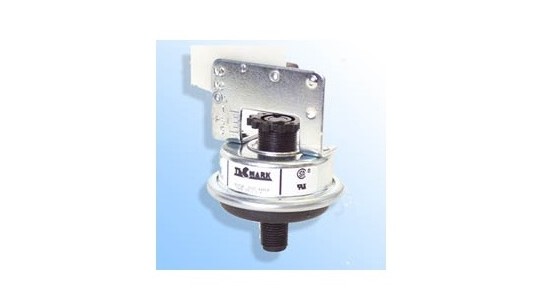
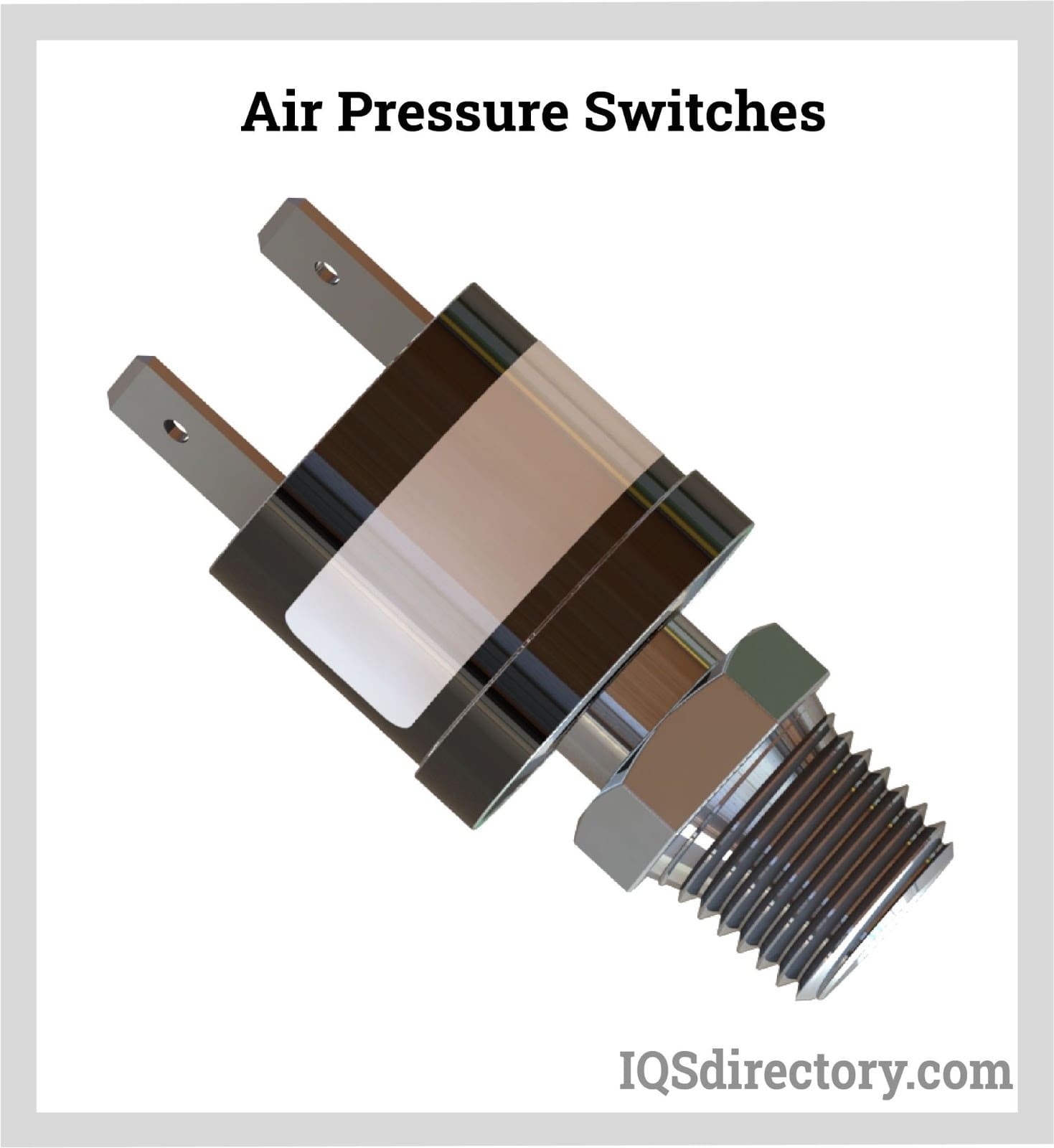
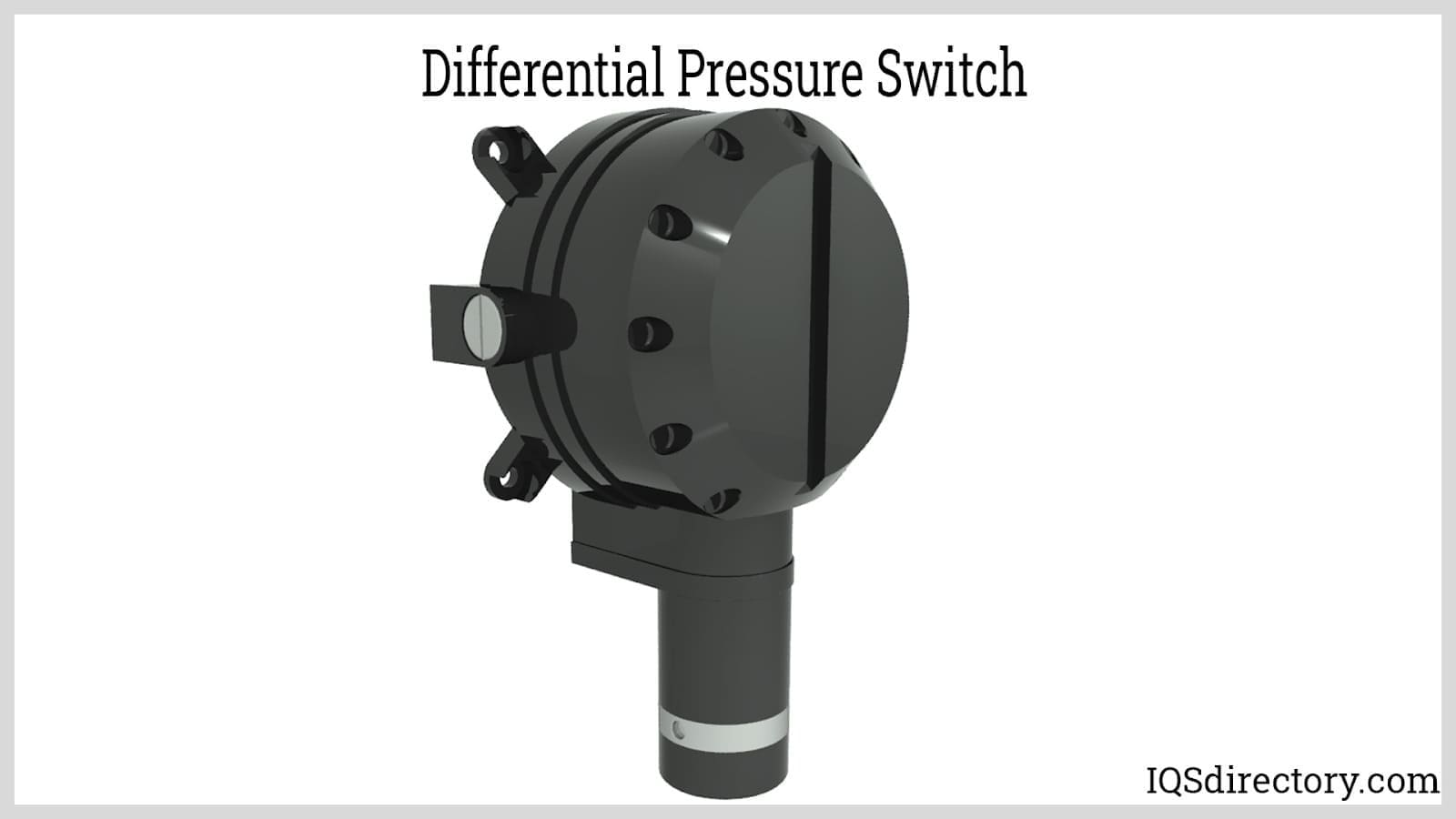
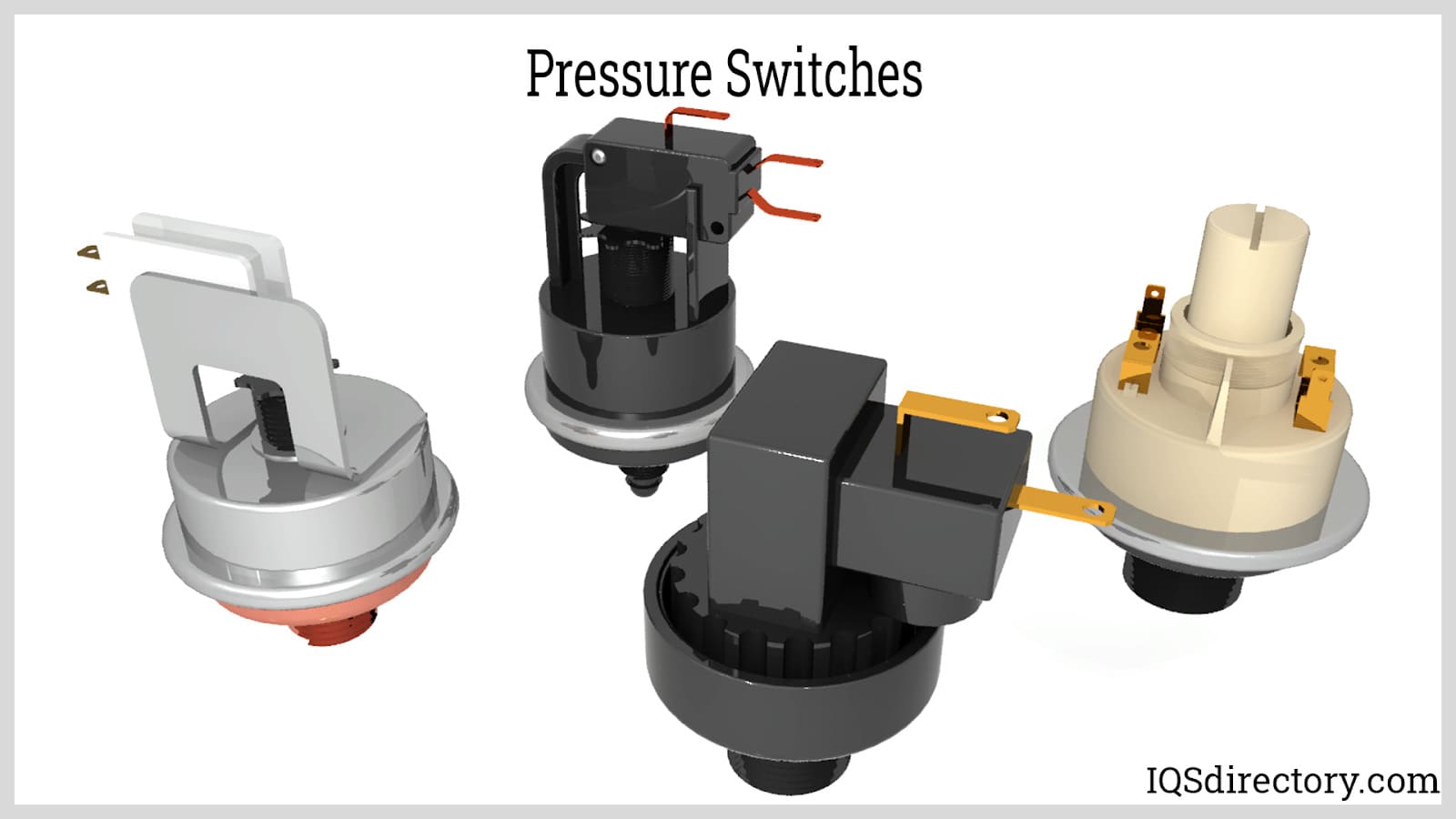

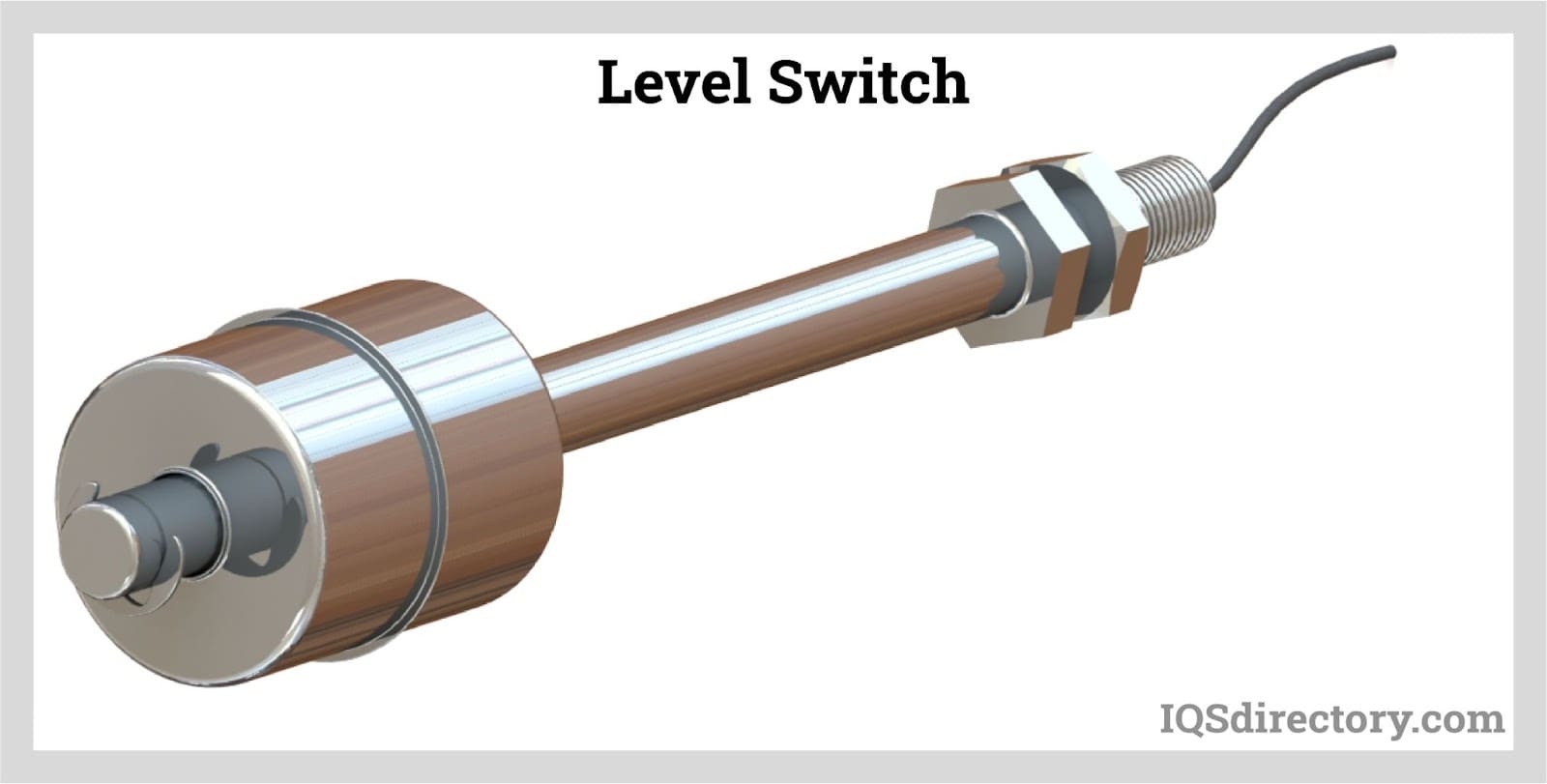
 Flow Meters
Flow Meters Leak Detectors
Leak Detectors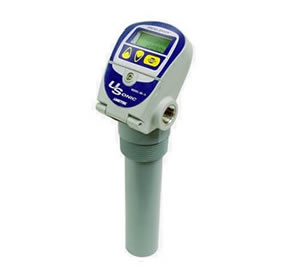 Level Switches
Level Switches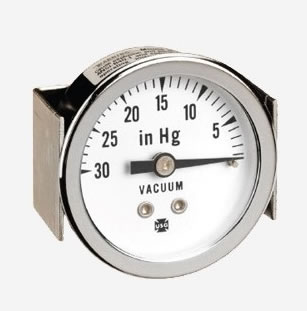 Pressure Gauges
Pressure Gauges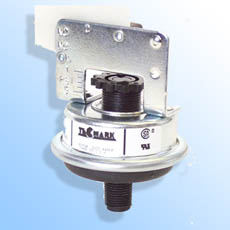 Pressure Switches
Pressure Switches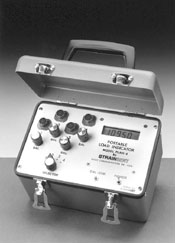 Pressure Transducers
Pressure Transducers Castings & Forgings
Castings & Forgings Bulk Material Handling
Bulk Material Handling Electrical & Electronic Components
Electrical & Electronic Components Flow Instrumentation
Flow Instrumentation Hardware
Hardware Material Handling Equipment
Material Handling Equipment Metal Cutting Services
Metal Cutting Services Metal Forming Services
Metal Forming Services Metal Suppliers
Metal Suppliers Motion Control Products
Motion Control Products Plant & Facility Equipment
Plant & Facility Equipment Plant & Facility Supplies
Plant & Facility Supplies Plastic Molding Processes
Plastic Molding Processes Pumps & Valves
Pumps & Valves Recycling Equipment
Recycling Equipment Rubber Products & Services
Rubber Products & Services